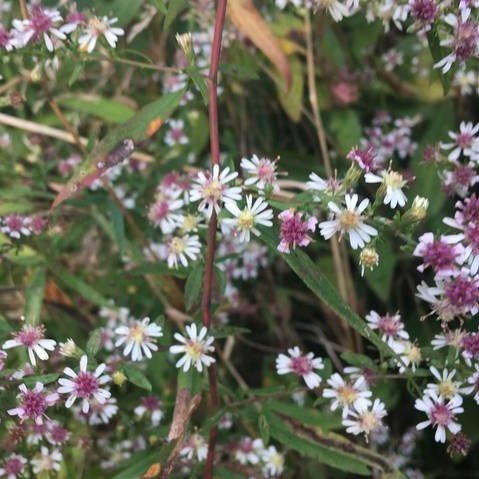HABIT
Height: 2-3’
Bloom Time: late summer to fall
SITE CONDITIONS
Light: full sun, part shade, shade
Soil: medium-wet, average, medium-dry
CULTIVATION TIPS
Establishment: easy, will spread by self-seeding
Deer Resistance: high
INTERACTIONS
Pollinator Support: very high
Other: host plant for pearl crescent butterfly, silvery checkerspot butterfly
CONSERVATION
Native Range: local ecotype
Seed Origin: Dutchess County, NY
